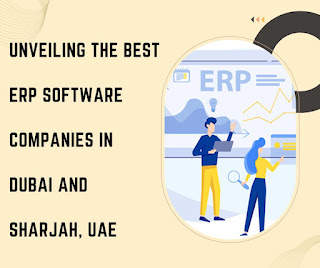Digital Business Card Analytics: Tracking and Improving Your Networking Efficiency
In the age of digital transformation, the traditional paper business card is undergoing a significant upgrade. Enter the digital business card, a tool that not only helps you share your contact information but also allows you to monitor and assess the effectiveness of your networking efforts. This article delves into the world of digital business card analytics and its role in refining your networking strategy.
What is a Digital Business Card?
Before we dive deep into analytics, let's understand the
basic premise. A digital business card is a virtual version of the
traditional business card. It contains your name, contact information,
professional title, company logo, and can also include multimedia elements like
videos, portfolios, and social media profiles. It is shared electronically,
often through QR codes, email, or dedicated apps.
Why Use Analytics with Your Digital Business Card?
While the primary function of any business card is to share
contact information, the digital format offers a unique advantage: the ability
to track interactions. This means you can gain insights into:
- Who
accessed your card.
- When
they accessed it.
- How
often they revisited it.
- What
elements of your card interacted with the most.
Key Metrics to Monitor
When diving into digital business card analytics,
here are some of the key metrics you should consider:
- Engagement
Rate: This metric reveals the percentage of people who, after
accessing your card, took an action – be it clicking on your portfolio,
watching a video, or following you on social media.
- Access
Frequency: By monitoring how often someone revisits your card, you can
gauge their interest levels. Frequent visits might indicate a potential
business opportunity.
- Preferred
Contact Channel: By assessing which mode of contact is accessed the
most (email, phone, LinkedIn), you can tailor your follow-up strategy
accordingly.
- Geographical
Data: Knowing where your card is accessed from can help in
understanding your global reach and potential international opportunities.
Improving Your Networking Efficiency
With these analytics in hand, here’s how you can enhance
your networking game:
- Tailor
Your Follow-ups: If someone frequently interacts with your LinkedIn
profile via your digital business card, consider reaching out to
them on LinkedIn rather than through an email.
- Update
Content: If you notice that a certain part of your card, like a
portfolio link, is seldom clicked on, consider updating or replacing it
with more relevant content.
- Segment
and Personalize: If your card allows for it, create multiple versions
tailored for different audiences. For instance, a version for recruiters
might emphasize your resume while one for potential clients might showcase
past projects.
- Time
Your Outreach: By knowing when your card is accessed, you can optimize
the timing of your follow-ups to when your contact is most likely to be
receptive.
Conclusion
In the age of data-driven strategies, your digital
business card is more than just a virtual contact sheet. With the power of
analytics, it becomes a dynamic tool that offers actionable insights. By
harnessing these insights, professionals can refine their networking approach,
ensuring they make the most out of every connection.
Remember, in a digital world, every click, view, and interaction count. Ensure you're making the most of them with a strategic approach to your digital business card analytics.



Comments
Post a Comment